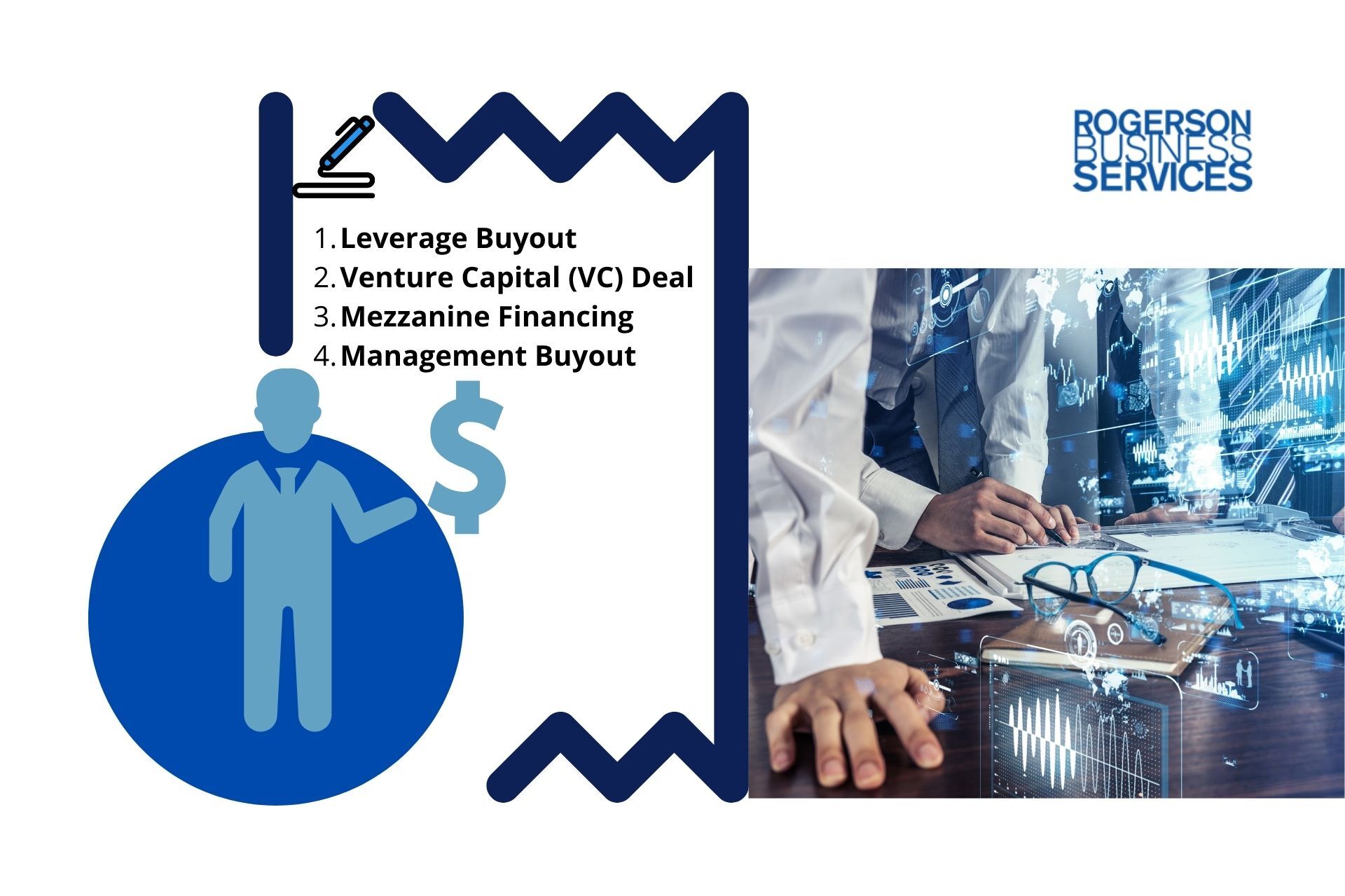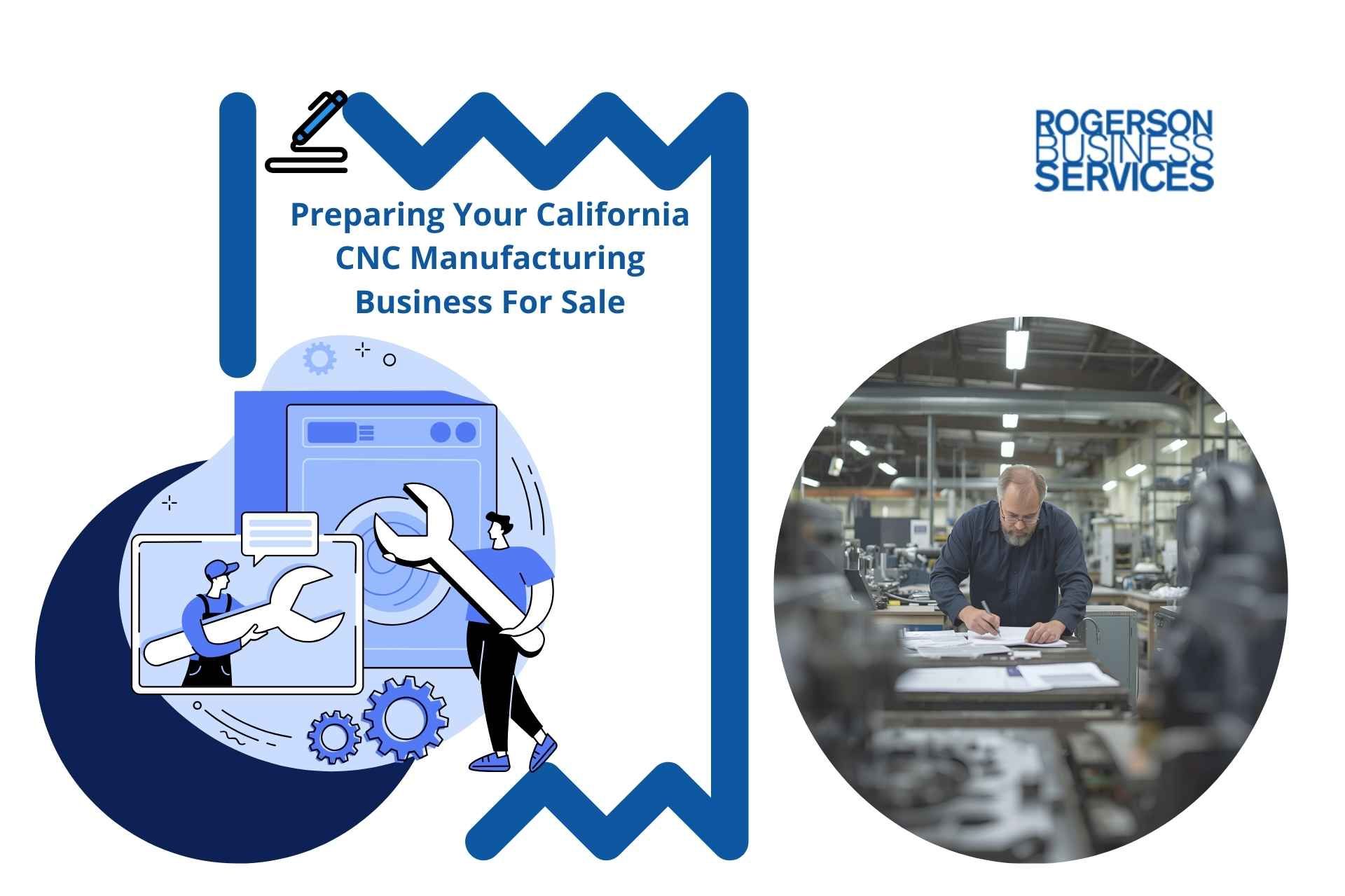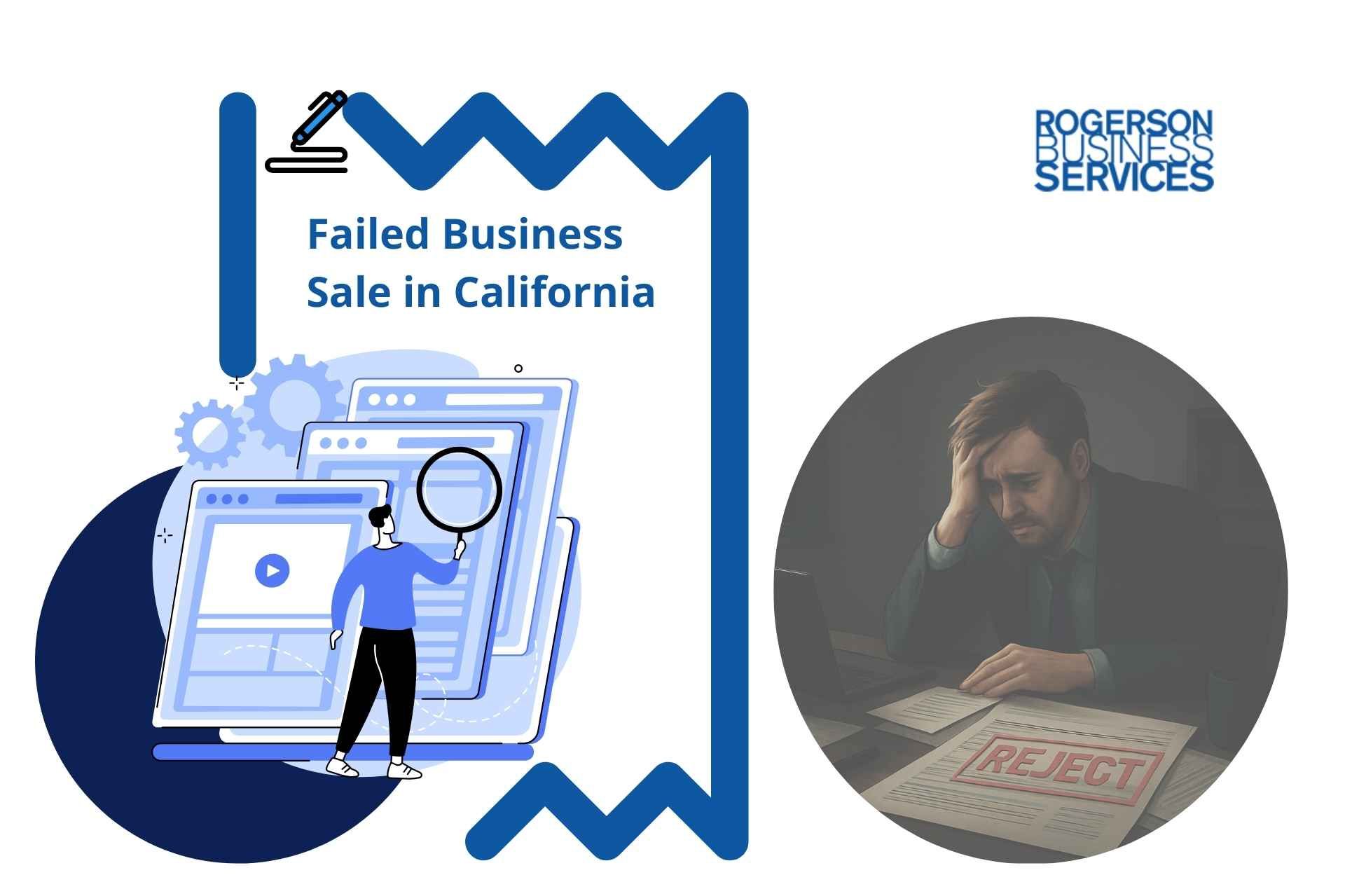Deal Structuring in Private Equity: Selling a Business to a PE Firm
Deal Structure in Private Equity
- Leverage Buyout
- Venture Capital (VC) Deal
- Mezzanine Financing
- Management Buyout

A deal structure in private equity is a PE deal structured after the investor negotiates with the business owner selling the business to a private equity firm.
Below, we will discuss the most common PE deal structures for lower middle market businesses and what is included in them.
PE Deal Structure
Every deal structure in private equity is different, but certain key elements are always present in a deal structure.
Features like:
- The purchase price,
- The percentage of the company being sold,
- And the closing date are all important terms that each party must negotiate before finalizing a deal.
Understanding each dynamic and how it works is critical to creating a successful deal structure that meets the needs of both the buyer and the seller.
Whether selling your company to a PE firm or an investor looking to do a private equity deal process, here's what you need to know about PE deal structures.
Negotiation of Term Sheet
The investor will typically negotiate a term sheet with the business owner. The term sheet should contain important deal provisions, such as the percentage of the company to be sold, terms of the sale, and key warranties or representations from the sellers.
Percentage of the Company to be Sold
The percentage of the lower middle market company you sell can have a significant impact on the seller's post-sale equity stake. In some cases, it may be more advantageous for the seller to sell a smaller stake in the company to retain more control.
Terms of Sale
The terms of sale should be evident in the term sheet. They should lay out all the sale's critical details, including the purchase price, closing date, and other relevant terms. Offering a clear and concise term sheet can help avoid any confusion or misunderstanding down the road.
Key Warranties and Representations
The seller should ensure they include key warranties and representations in the term sheet.
These could include:
- Warranties about the financial condition of the company,
- Its compliance with applicable laws,
- And ownership of intellectual property.
Such details offer essential protection to the buyer and can help facilitate a smooth sale process.
Final Clauses
The final clauses in the term sheet will include:
- The purchase price,
- The closing date,
- And other relevant details.
The Purchase Agreement will hash out these details.
Purchase Price
When drafting the purchase price, keep in mind the value of the company and what an appropriate return on investment would be for the buyer.
The purchase price should also take into account any financing that's necessary when closing the deal.
Closing Date
The closing date is vital to both the buyer and the seller.
The buyer will want to ensure that all due diligence has been completed and that there are no last-minute surprises. On the other hand, the seller will want to ensure that the deal closes as soon as possible so they can receive their payment and move on.
Other Relevant Details
The final clauses should include crucial details like the payment method, expenses, and indemnification. The Purchase Agreement will iron out these details. Don't overlook any critical details that could come back to bite you later on.
Once the term sheet has been agreed upon, the buyer will conduct due diligence on the business.
Due diligence allows the buyer to verify the accuracy of the seller's representations and warranties and to assess any risks associated with the deal. After completing due diligence, the buyer will draft a Purchase Agreement containing all the deal's final terms.
The buyer and the seller will sign the Purchase Agreement to finalize the deal.
PE deal structures can be complex, but understanding the basics is critical for striking a successful deal. By being clear on the key terms and clauses, you can help ensure a smooth and seamless transaction.
More Detailed Agreement With the Business Owner
After finalizing the term sheet, the investor will work on a more detailed agreement with the business owner. The details should capture all of the key terms of the deal, including specific financial and legal covenants that the company must meet for the sale to close.
Here are three key things to keep in mind when drafting the Purchase Agreement:
Confirm the Key Terms From the Term Sheet
Confirm key terms to avoid misunderstandings between the parties. Ensure the purchase price, closing date, payment method, and other details are all included in the Agreement.
Include Relevant Financial and Legal Covenants
Financial and legal covenants are essential to protect the buyer's investment. The Agreement should include them to ensure that the company meets all its financial and legal obligations.
Address Any Potential Issues
The Agreement should also address any potential issues that could arise during the sale process. Such details could include the buyer's right to terminate the Agreement if the seller fails to meet its obligations or the seller's right to receive a higher purchase price if the company is sold for more than the agreed-upon price.
The purchase agreement is a crucial document in any business sale. It should be clear, concise, and free of any ambiguity. Ensure all of the deal's key terms are included in the Agreement to avoid misunderstandings or confusion.
Specific Terms of the Deal
The Agreement will include the specific terms of the deal, such as the investment amount, the equity stake being purchased, and the exit strategy.
Investment Amount
The investment amount is the total amount of money investors put into the company. It could be in the form of cash, equity, or debt. The Agreement should also capture any co-investment made by other investors.
Equity Stake Being Purchased
The equity stake being purchased is the percentage of ownership acquired by the buyer. It represents the buyer's share of the company. Include this detail in the Agreement to avoid confusion later.
Exit Strategy
The exit strategy is the plan for how the buyer will exit the investment. It could involve a sale of the company, an initial public offering (IPO), or a merger. The Agreement should specify the exit strategy so that both parties are on the same page.
The Agreement should also include other important terms, such as the vesting schedule, the investors' rights, and the company's governance.
Most Common Deal Structure
The private equity process of buying and selling your businesses is complicated.
Deal structures are used by private equity firms to simplify and organize them.
There are a few common structures, including:
- Leveraged buyout,
- Venture capital deal,
- Mezzanine financing,
- And management buyout.
These structures are explained in more detail below.
Leveraged Buyout
A small amount of money will be invested by the PE firm, and the rest will be borrowed from other lenders or banks. A leveraged buyout provides more money to work with and more control over the company. However, it can be risky because it leads to more debt than other structures.
Include a repayment schedule in the Agreement so the company knows when the debt is due. The PE firm will also want to include clauses that allow them to extend the repayment period or increase the amount of debt if needed.
For instance, if the company is not doing well, the PE firm may want to renegotiate the loan terms. They may also want to include a provision that allows them to put more money into the company if needed. Such provisions give the PE firm more flexibility and control over the company.
Venture Capital Deal
The PE firm provides money to help a startup grow and expand. A venture capital deal can also be very profitable if the startup succeeds, but there it can also be a risky investment.
For instance, the Agreement might give the PE firm preferential treatment when investing additional money in the company. It might also give the PE firm the right to buy shares at a discounted price if the company goes public. Offering this protection helps offset the risk of investing in a startup.
Mezzanine Financing
This deal is less common because it requires more money than the leveraged buyout can provide. The PE firm lends money to the company in mezzanine financing in exchange for convertible debt or equity. Doing this gives the PE firm a stake in the company while also profiting from it if it does well.
A private equity deal structure example of this is when a company dealing with home appliances is willing to expand its business and has a 100,000-dollar cash flow every year. The company can be liable to get a loan of 180,000 dollars to support its development after being leveraged to its annual earnings.
Management Buyout
With a PE firm's help, the current management team buys the company from the current owners. This structure is less risky, as it doesn't involve as much debt.
Often, the management team will use their money to finance the buyout. The option gives the team a personal stake in the company's success. They may also get better terms on the loan if they have a good relationship with the lender.
For instance, the management team might be able to negotiate a lower interest rate or longer repayment period. Such provisions can help to make the buyout more affordable and less risky.
Conclusion
There are many different types of private equity structuring deals. The deal structure in private equity will depend on the company's needs and the PE firm's goals. Carefully consider the pros and cons of each before deciding which one is right for your lower mid-market company.
If you're confused or need more help, don't hesitate to contact our professional team of sell-side advisors. They can help you understand the different types of deals and choose the one that's best for your company.
If you are a retiring business owner looking to exit your lower middle market business in California, here are five tips to get you started:
1. Don't wait until the last minute to start planning your exit. The process of selling a lower middle market business can take a long time, so it's important to start early.
2. Have a clear idea of what you want to get out of the sale. Know your goals and what you're willing to negotiate.
3. Choose the right type of buyer. Not all buyers are created equal, so do your research and find the right one for your business.
4. Be prepared for a lot of due diligence. M&A buy-side due diligence is when buyers will want to know everything about your business, so be ready to provide documentation and answer questions.
5. Be flexible with the terms and conditions of the deal. It's important to be open to negotiation to get the best possible deal for your business.
Rogerson Business Services, also known as, California's lower middle market business broker is a sell-side M&A advisory firm that has closed many of lower middle-market deals in California. We are dedicated to helping our clients maximize value and achieve their desired outcomes.
We have a deep understanding of the Californian market and an extensive network of buyers, which allows us to get the best possible price for our clients. We also provide comprehensive support throughout the entire process, from initial valuation to post-closing integration.
Our hands-on approach and commitment to our client's success set us apart from other firms in the industry. If you consider selling your lower middle market business, we would be honored to help you navigate the process and realize your goals.
If you have decided to value and then sell your lower middle market business or still not ready, get started here, or call Andrew Rogerson, Certified M&A Advisor, so we can understand your pain points better and prioritize your inquiry with Rogerson Business Services, RBS Advisors.
This is part of hiring an M&A deal team tips to answer some FAQs about the deal structure & transaction series ->
Hey there! Can we send you a gift?
We just wanted to say hi and thanks for stopping by our little corner of the web. :) we'd love to offer you a cup of coffee/tea, but, alas, this is the Internet.
However, we think you'll love our email newsletter about building value and properly position your company before transition/exit your business ownership.
As a special welcome gift for subscribing, you'll also get our helping and educational guides, tips, tutorials, etc.. for free.
It's filled with the best practices for retiring serial business owners like Dan Gilbert, Larry Ellison, Warren Buffett, and many more.
Just sign up for our emails below.


